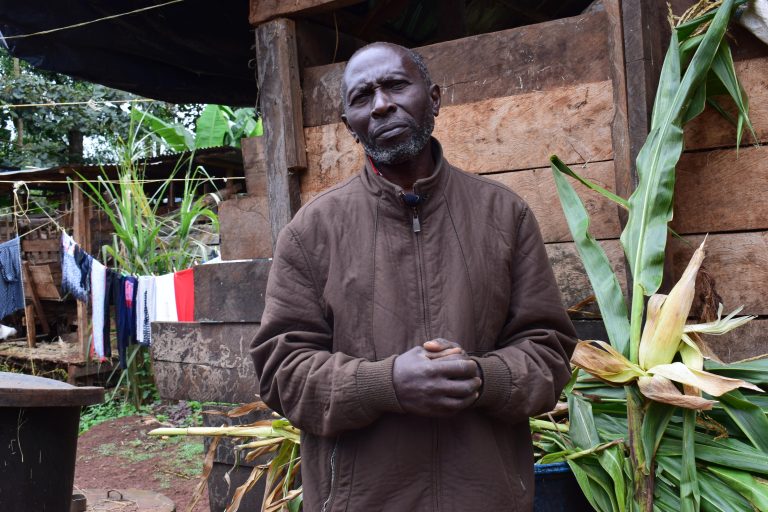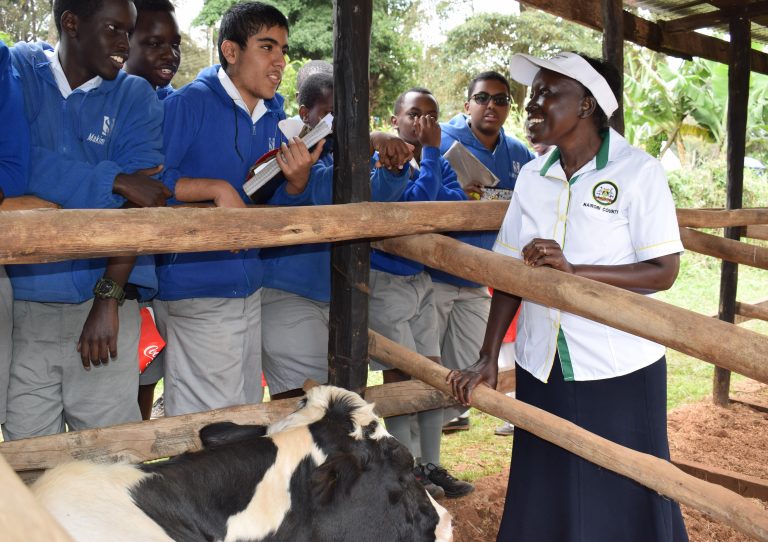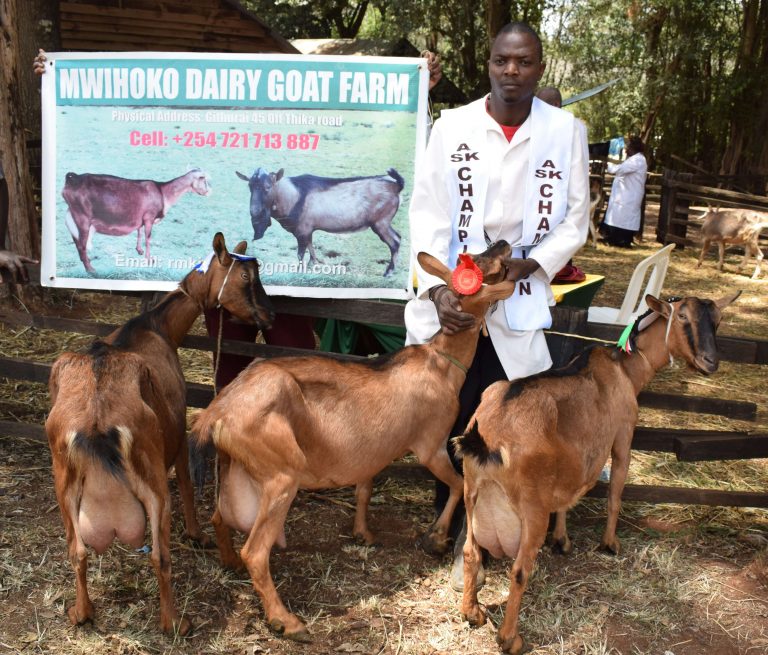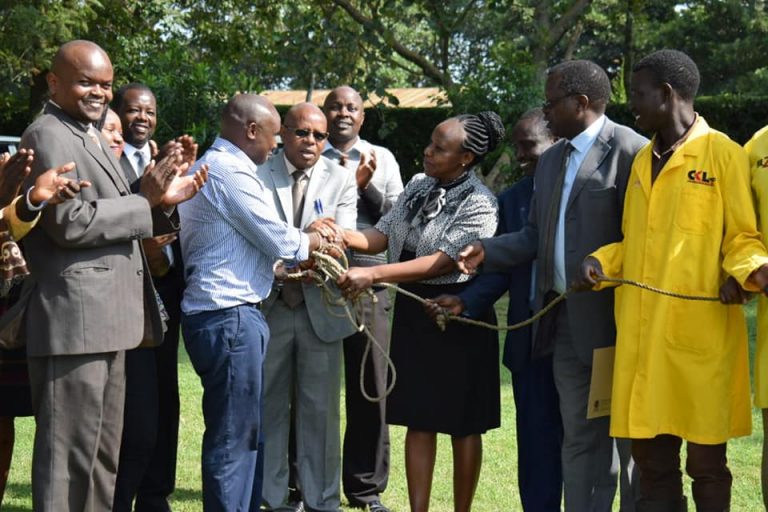By Kimuri Mwangi
Animal identification remains an area that has not received the necessary attention in terms of helping dairy farmers in Kenya. There is no official animal database in the country but there are new livestock regulations being formulated targeting animal identification. The Livestock Identification and Traceability System Regulations, 2019, which form part of the Animal Health Act, 2019 provide strict guidelines on the identification of livestock and will make it easy to trace the source of their products in the market. However, there has not been much happening since Agriculture CS Peter Munya announced about them in 2019.
But all has not been silent as the private sector is entering the sector buoyed by advancement in technology. Lofte Kesho, an integrated FinTech and AgriTech player is offering an animal identification and traceability platform called FarmTrek.
Lofte Kesho in partnership with Infocorp Technologies PTE Limited is seeking to streamline dairy farming by developing a registry of dairy cows. The database is expected to solve multiple problems within the value chain of cattle keeping, more so in dairy farming by connecting farmers with veterinary officials, livestock authorities, insurance and banks/financiers.
Lofte Kesho FarmTrek is already running pilots in Nyeri, Narok and Kiambu Counties and aims to collect and compile data on dairy farming to help farmers, nutritionists, vet officers and other players to track production circles and also assist banks and insurance companies to design products for the farmers. FarmTrek’s main driver is a tamper-proof high-tech tag placed within the ear of the cow that will be used to track the animals. FarmTrek is a system that uniquely combines the livestock and financial services ecosystems to enhance the livestock value chain and bring new financial services to smallholder livestock farmers.
“Smallholder dairy farmers may not necessarily be poor, they may lack credit histories or employment histories. But may own assets such as cattle that has inherent value. They just lack the ability to unlock this value for liquidity. This is known as the Dead Capital problem,” says Bernard Njathi, a Lofte Kesho Director speaking to Kilimo News.

Njathi says they are encouraged to revolutionize dairy farming by collapsing barriers along the value chain and opening the sector to more formal engagement and investment with the aim being to empower smallholder dairy farmers. “Lofte Kesho FarmTrek converts dead capital into live assets by creating a conducive environment where the farmer’s cow is valued, vetted and immunized giving a health report that allows insurance and loans to farmers against the cow,” opines Njathi. He is calling upon all relevant stakeholders to partner with Lofte Kesho in the initiative so that farmers can benefit, have jobs created and in turn have a positive economic outcome in the country. He adds that they are ready to follow guidelines laid down by the government relating to animal registration
“Of course animals are more in Kenya than people. We have over 19 Million cows in Kenya and about 26% are Dairy Cows. We have over 26 Million goats and over 18 million sheep. Poultry is estimated to be more than 48 Million,” says Njathi.
Jane Wambugu of JJ Farm in Nyeri County says they started dairy farming with three cows and the number has increased to 13 currently. Milk Production also rose from the initial 8 litres per day to 130 litres per day currently. She lists various challenges encountered in their dairy farming journey among them being getting quality feeds, getting reliable workers, getting the right breeds, availability of extension officers to offer advice among others. She says they also had a problem in identifying their animals until they partnered with Lofte Kesho.
“They helped us with the identification of the cows which enabled us to keep proper records. We are now able to know the production of each cow. They also valued our animals and with that they assisted in getting insurance for the cows and a loan,” says Jane.

She says because they can now track their investment through proper record keeping, they have developed a strategic plan for the farm and they are aiming to produce 200 litres of milk per day by the end of the year. In the next two or three years, they hope to increase this to 500 litres per day with the main target being 1000 litres per day in the next five years when they hope to start value addition. “We want this farm to become a breeding centre and also open up training to other farmers so that we can grow together. For now, we are still growing and we hope to achieve this,” adds Jane.






